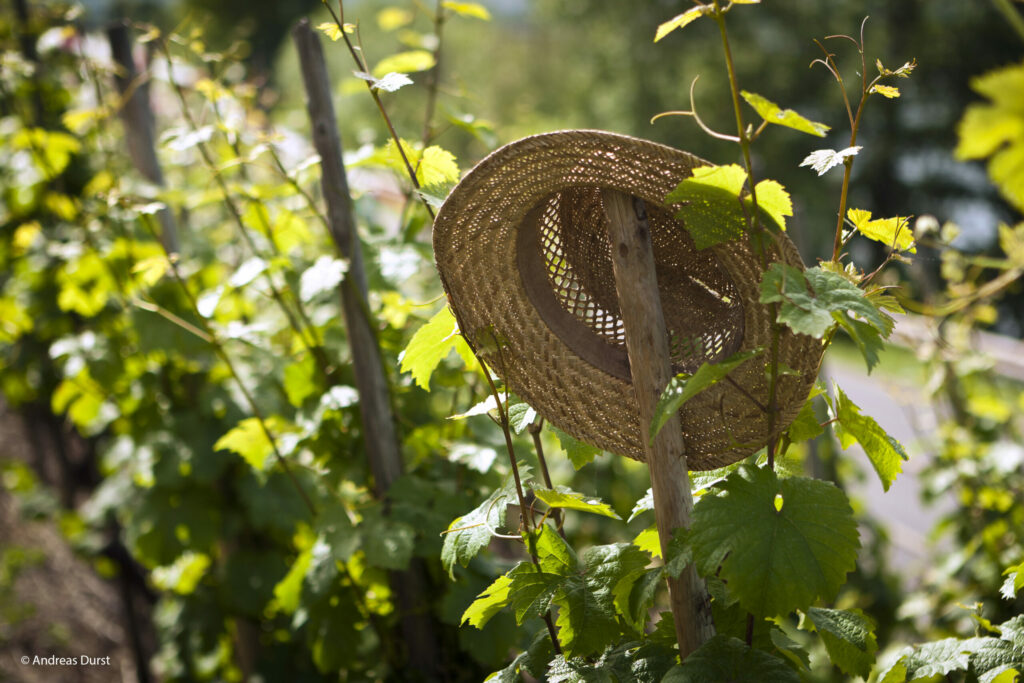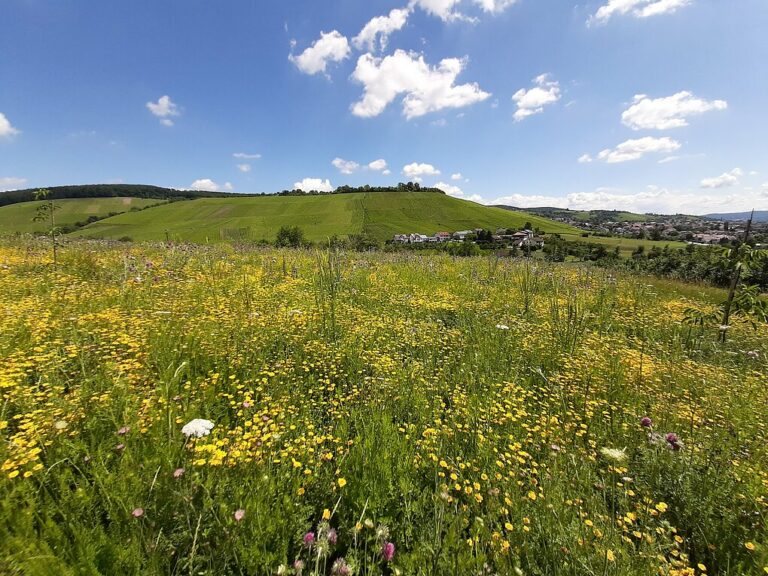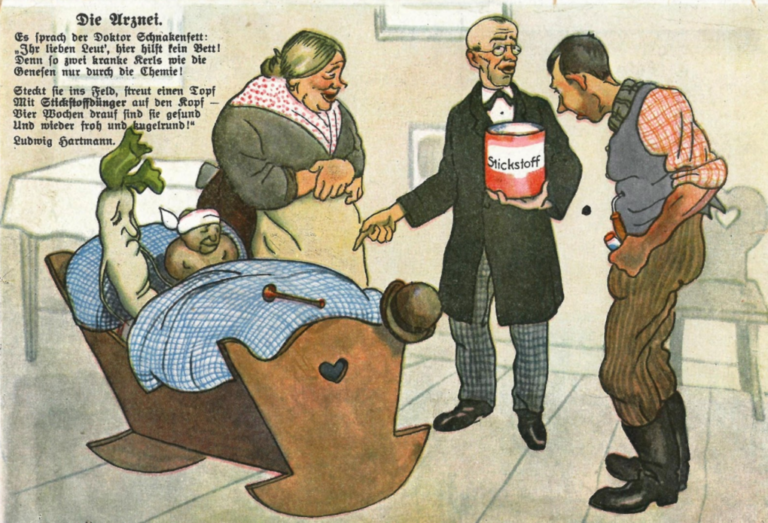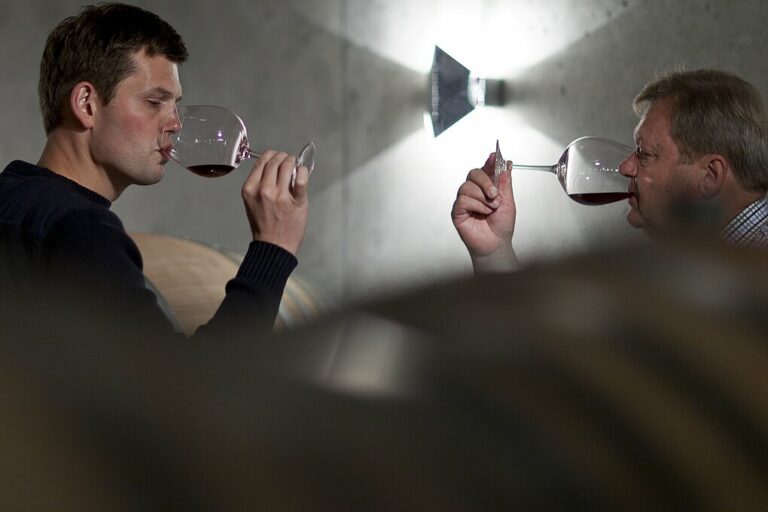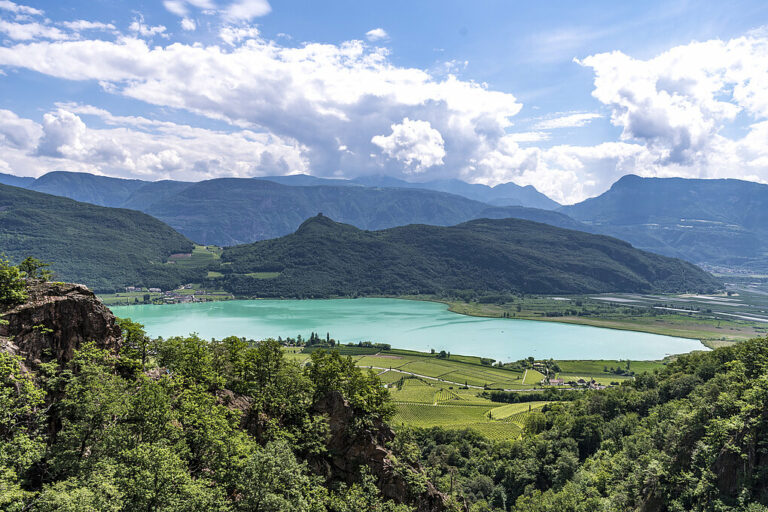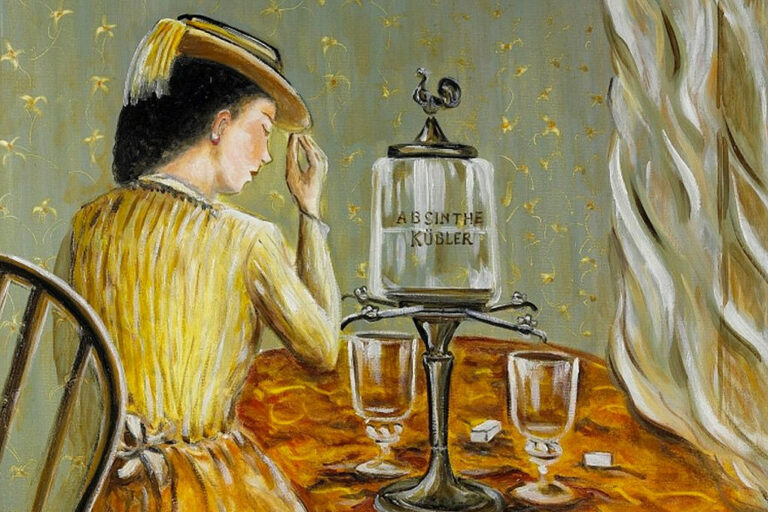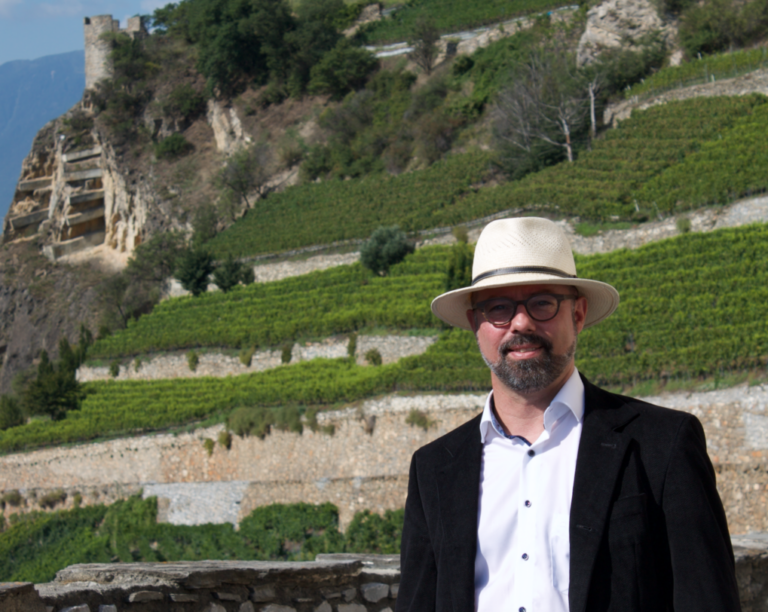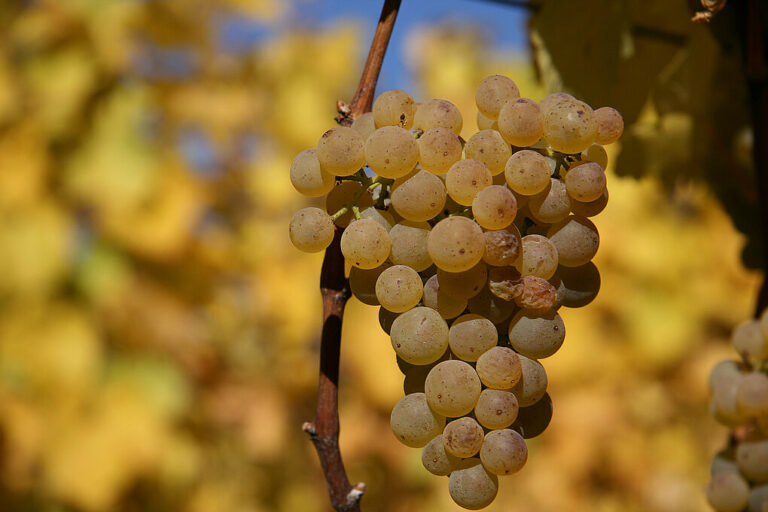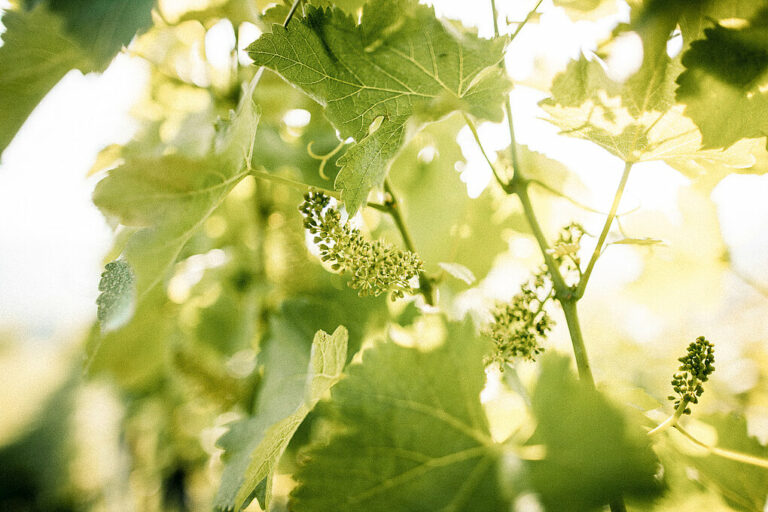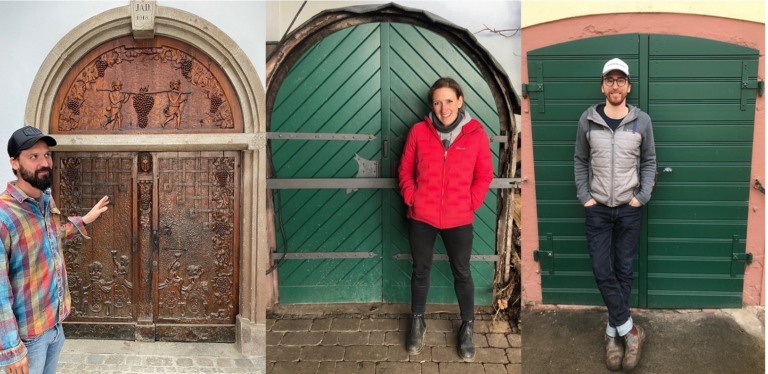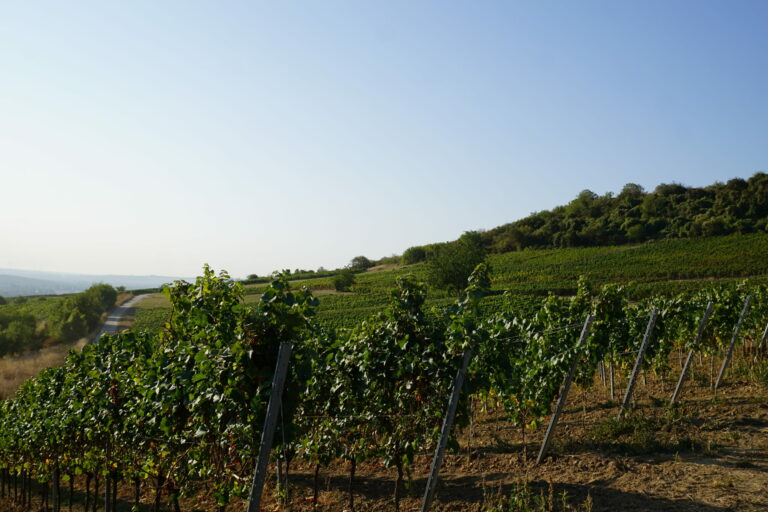Dear Readers,
With spring emerging, the vines returning with the first bleed of new life and roots digging deep beneath the surface, we are once again reminded that what we see with the naked eye is an infinitely smaller portion of that which binds us to a place and to each other.
The German word Heimat, meaning home or homeland, gives us our theme for this issue: Roots & Reach. The essence of home is connection. It is the base from which we grow and become ourselves.
But home is also complicated. And few wine-growing countries offer the jigsaw complexity of Switzerland: 15,000 hectares, 252 varieties, and a microcosm of traditions. We’re thrilled to have a cast of experts guide us through this dizzying terrain in
Vol. 4.
Dennis Lapuyade journeys into the rare glories of Completer. Chandra Kurt takes us to the heights of Heida. Elizabeth Gabay MW explores the historical shades of Schiller. Valerie Kathawala reports on Dr. José Vouillamoz’s research into the country’s extraordinary grape heritage. Britta Wiegelmann talks with Swiss wine icon Martin Donatsch. And Matt Keller explores Swiss Absinthe.
Looking beyond the Alps, we are also delighted to share the stories of two young couples translating terroir off the beaten path in Germany, Romana Echensperger MW’s investigation of the backstory of biodynamics, David Schildknecht’s deep dive into the origins of Pinot Blanc, Christoph Raffelt’s shimmering study of Scheurebe, and much more.
We’d like to take this opportunity to thank the strategy and design team at Medienagenten, whose faith in our vision for TRINK has been invaluable almost from day one. Their creative talents helped us develop the look and feel of the magazine you are reading right now. We’d also like to point out here that editorial discretion for the selection of topics, nature of coverage, and choice of producers highlighted in this and all issues of TRINK is entirely ours.
As ever, we welcome your feedback. Drop us a line at [email protected]
Happy Reading!
Paula Redes Sidore, Bad Honnef
Valerie Kathawala, New York

